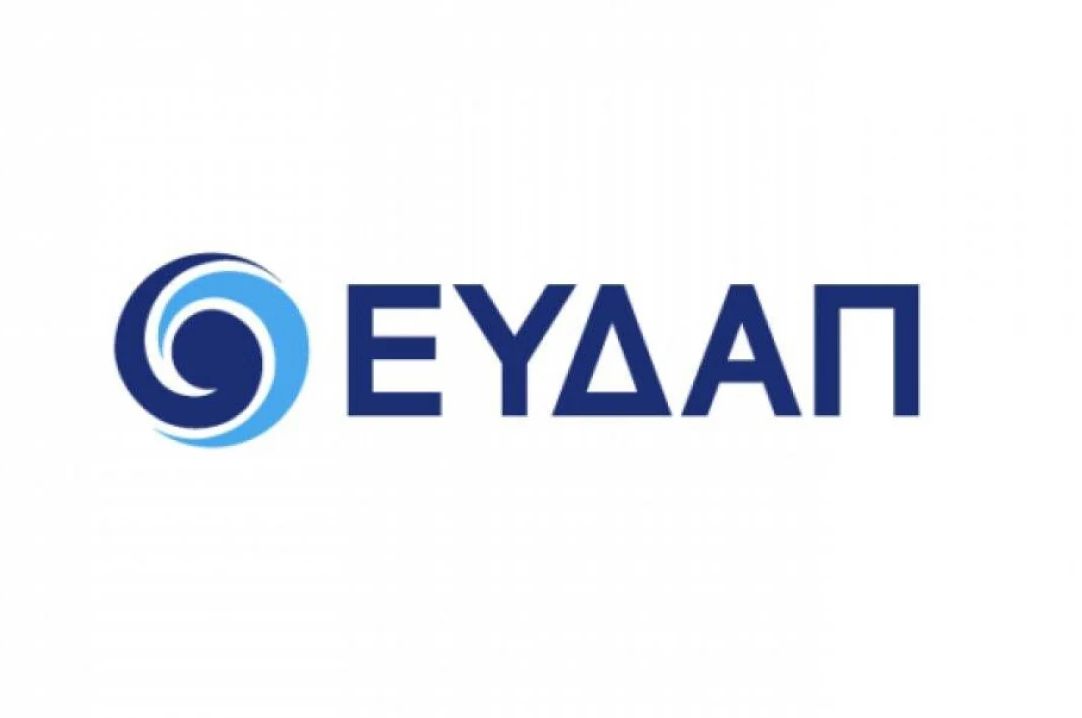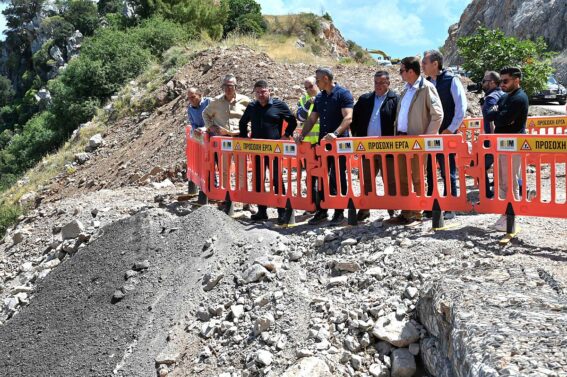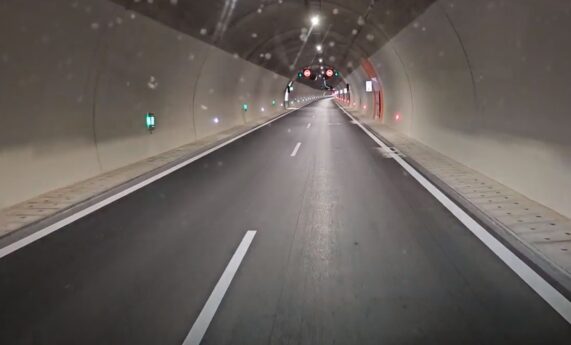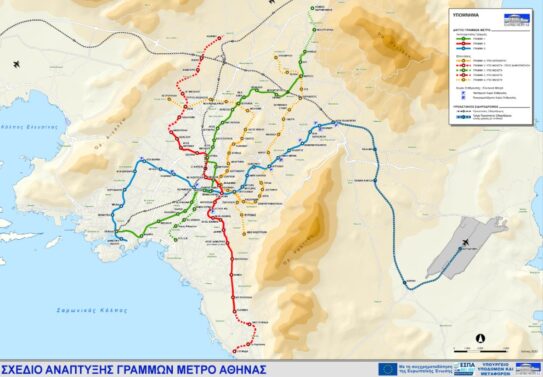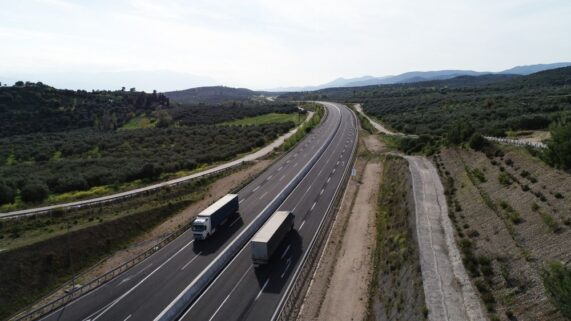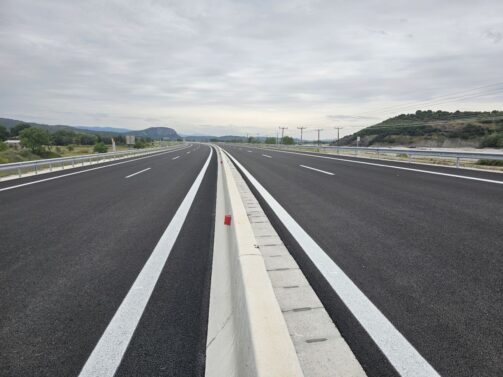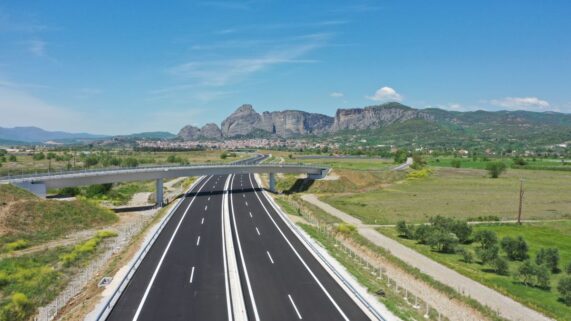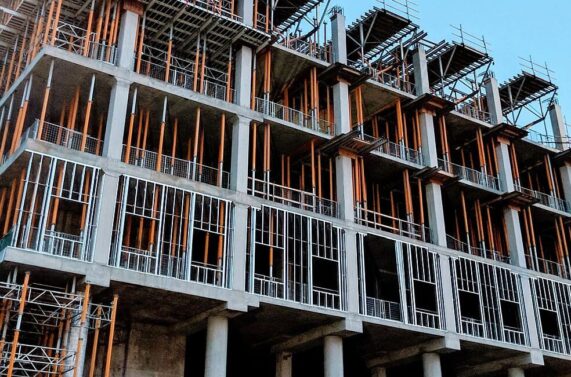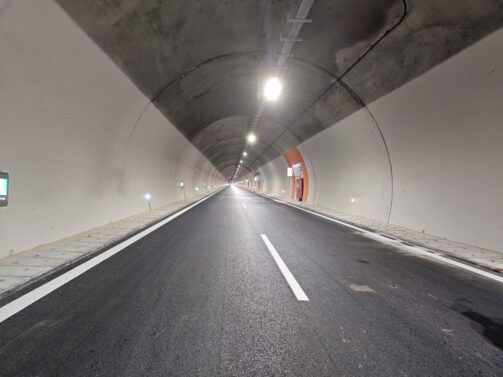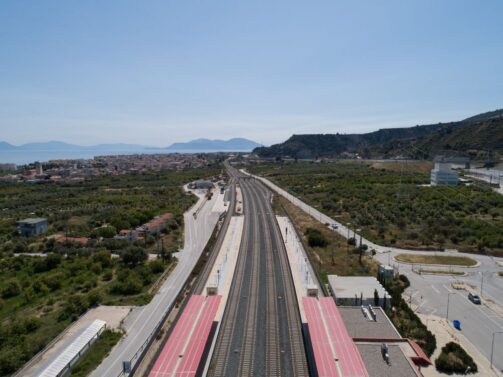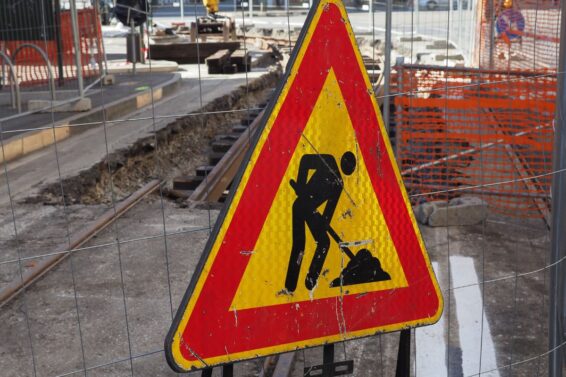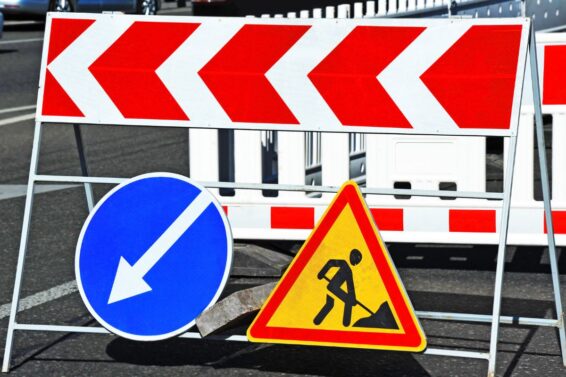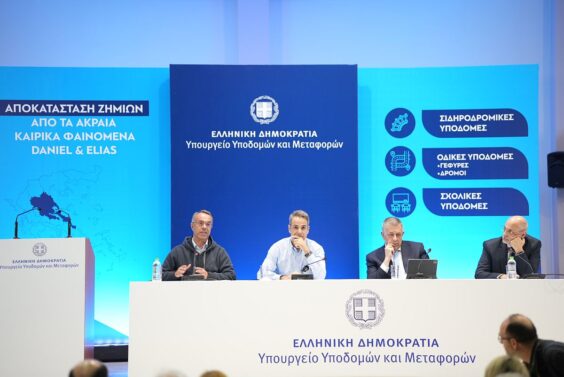The design of the main transport networks in the country, at least as they had been built back in the 1990s, created specific characteristics which later proved to be obstructions for further development. For example, the country’s main motorway axis was named PAThE, an acronym from the cities of Patra, Athens, Thessaloniki and Evzoni. At the same time the main railway corridor was named PAThEP, including the same cities with the addition of Promachonas.
In 2001 the then Minister of Infrastructure and Transport, Mr. Kostas Laliotis initiated a plan for 5 new motorway axes, which were considered to be a colossal project at the time, while his successor, Mr. Giorgos Souflias managed to put that plan on track for implementation a few years later. In fact, what these two Ministers did (for the sake of all, eventually) was to “cancel” the famous PAThE and create what our country has today, an integrated motorway network. Thanks to what was then thought to be a super expensive (and maybe unnecessary), now Greece is able to support and develop road and combined transport in the most parts of the country as the new network links big urban centers, industrial areas, ports and airports.
As we see, this network will grow with additions in new regions of the country. This great legacy was made possible because the mentality that wanted the country to remain with a small and limited network of roads was finally overcome. In spite of the weaknesses, that are mainly related the existing tolling system and its prices which, at least under the current economic conditions, do not allow large increases and traffic loads, the value of these roads is being discovered day by day while their future is inextricably linked to the country’s economic development.
With a delay of 20 years, we find ourselves in the same crossroads today, regarding the Greek railway network. The similarities are shocking. We are now trying to complete PAThEP. At best, by the end of the year, the section between Piraeus and Idomeni will have been completed and in gradually, until 2025, the remaining sections to Promachonas (North) and Patra (South).
Today’s perception is that this is the country’s core network and that the railroad cannot go everywhere. This, in turn, excludes very large parts of the country like almost all of the Western, Central and Southern Peloponnese, many areas from the Western part of Central Greece, all of Epirus and a large part of Western Macedonia. All in all, the country’s West is ruled out, with the exception of the line that will reach Patra.
At this point, perhaps it is a good opportunity to see if the “successful” example of the motorways could also be applied for the train and pull the country out of the dominant perception that could lead to the development of a decent rail network . Besides, the bitter truth is that Greece, even in comparison with other European countries of the same size or population, has a much smaller network.
In the North, a promising message is the promotion of the “Railway Egnatia’s” Eastern section (via Sea2Sea). From Thessaloniki to Alexandroupolis and Ormenio, the foundations are being laid in order to see this line being modernized and upgraded in the years to come, a plan that has been put on the table by the current Minister of Infrastructure and Transport, Mr. Christos Spirtzis.
All this could be even a good start to revisit the issue of the country’s railways, with new lines, upgrade (where necessary) and by creating a viable network in most of the country. The discussion should not revolve around whether we will create a single or double-track railway line but where we should build one.
Of course, in the North, we still have to materialize the Western part of the “Railway Egnatia”, that will reach Ioannina and Igoumenitsa via Veroia, Kozani and Kalampaka, and with 2 new branches, the Albanian and Skopje networks.
In Peloponnese we also have the “unsurpassable” boundary of Patra which, as it is the case with the motorway, it could be easily extended to Pirgos. Again, the rationale of upgrading only the existing metric-gauge line blocks the electric train from reach the capital of Ilia prefecture. Also, let’s not forget the plan for the reinstatement of the line berween Corinth, Nafplio and Tripoli and from Pirgos to Kalamata.
Speaking of new lines, we must not forget the plan for the Attica’s new bypasses (both road and railway): Thriassio – Thiva and the extensions to Rafina and Lavrio ports and the creation of a new line in Thessaloniki Suburban Railway to the West of the city.
Reading the above, one could say that the country can not withstand projects of that scale that could even be potentially unnecessary and only for the sake of the “contractors”. However a look at the motorways today should convince everybody that infrastructure is fundamental for the economic growth, as it has been the case for the developed countries, as long as the projects are designed well and in a sustainable way.
Nikos Karagiannis-ypodomes.com
ΜΗΝ ΞΕΧΑΣΕΤΕ
- Ακολουθήστε το ypodomes.com στο Google News και μάθετε πρώτοι όλες τις ειδήσεις για τις υποδομές στην Ελλάδα
- Αν είστε επαγγελματίας του κλάδου, ακολουθήστε μας στο LinkedIn
- Εγγραφείτε στο Ypodomes Web TV



